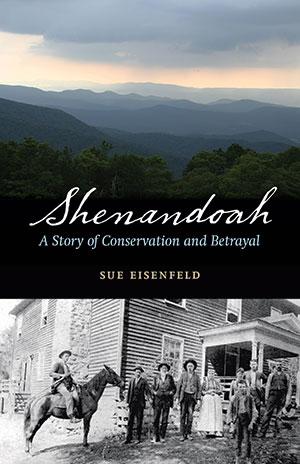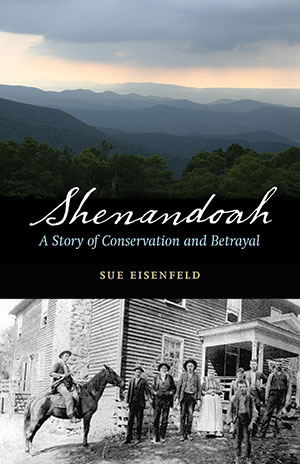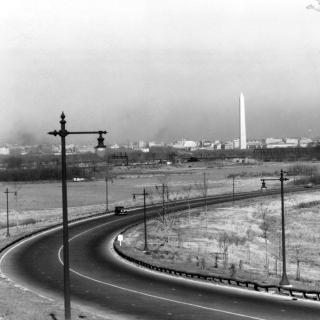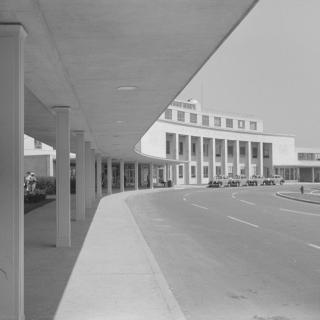Shenandoah: A Story of Conservation and Betrayal
"You don’t have to look too far when you’re in Shenandoah to see the relics of human habitation. You don’t have to be a historian. You don’t have to be an archaeologist. You can stay on trail. You can’t help but find stone walls that were built by somebody, clearly. There’s old roads. There’s house foundations. These are things you can see from the trail. So, I just saw these things over many, many years and I kind of wondered for awhile what they were all about but I didn’t really look into it for quite some time, until I started going a little bit off trail and finding more things off trail. And my curiosity was really piqued and I wanted to know, who were these people? Why are they not here? Why did they leave? Where did they go? And, what is their story all about?"
That's what author Sue Eisenfeld told me when I asked her about the origin of her book, Shenandoah: A Story of Conservation and Betrayal. On February 12, 2015 Eisenfeld gave a talk on the subject at the Marymount University library for the Arlington Historical Society. In advance of the program, we sat down with her to learn more about the story. Check out this video!
In the 1920s, there were several national parks in the west, but very few in the east where most land was privately owned. The federal government was interested in creating a park in the southern Appalachain mountains but was not going to purchase the lands itself. So, it was up to the states to purchase the land and then turn it over to the Feds. It was an attractive proposition to the states, which stood to benefit from increased tourism dollars, and so parties in Virginia, North Carolina and Tennessee set out to develop park plans.
According to The Washington Post, the plan for Shenandoah National Park was hatched by two Virginia businessmen during a somewhat odd meeting in Washington. "T.L. Farrar of Charlottesville and George F. Pollack of Skyland met in a Turkish bath in Washington and mapped what was a large part of the original plan for raising money through sale of plots in the area; the purchases automatically turning the land back for the park. Farrar carried the plan back to Charlottesville and took it up with civic clubs. The rest is well-known history."[1]
The "well-known history" (which, is largely unknown to present day park visitors) is that the Shenandoah National Park project involved the removal (via eminent domain) of several thousand families living in Virginia's Blue Ridge mountains. In many cases, these displaced people had been living on the land for generations, the descendants of some of America's first pioneers. They farmed; they were tradesmen; they lived self sufficiently off the land.
But to suits in Richmond and Washington, these mountain residents were an obstruction. And, according to Eisenfeld, a very paternalistic attitude emerged.
"When photographers from the government went out to take pictures of the people who lived there, they went to the poorest places and took pictures of the poorest homes. So, there was this feeling that was generated that there were poor people that lived there and they were uneducated and they were hillbillies and it would be much better for them if we moved them out of these mountains so they can have a better life. But this is really insulting to people who think they have a very good life. Or, you know, maybe they don’t have a good life but they want to decide from themselves what to do with their life."
Perhaps to the surprise of officials, some of the landowners organized and fought the land takeover through the courts. While ultimately they were unsuccessful, their story is a fascinating chapter in local history.
Footnotes
- ^ "Shenandoah Park Originated in Bath,” The Washington Post, 21 Jun 1935: 12.






![Sketch of the mythical fuan by Pearson Scott Foresman. [Source: Wikipedia]](/sites/default/files/styles/crop_320x320/public/2023-10/Goatman_Wikipedia_Faun_2_%28PSF%29.png?h=64a074ff&itok=C9Qh-PE1)












